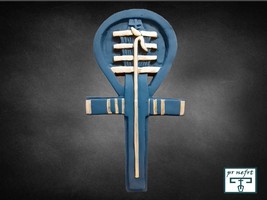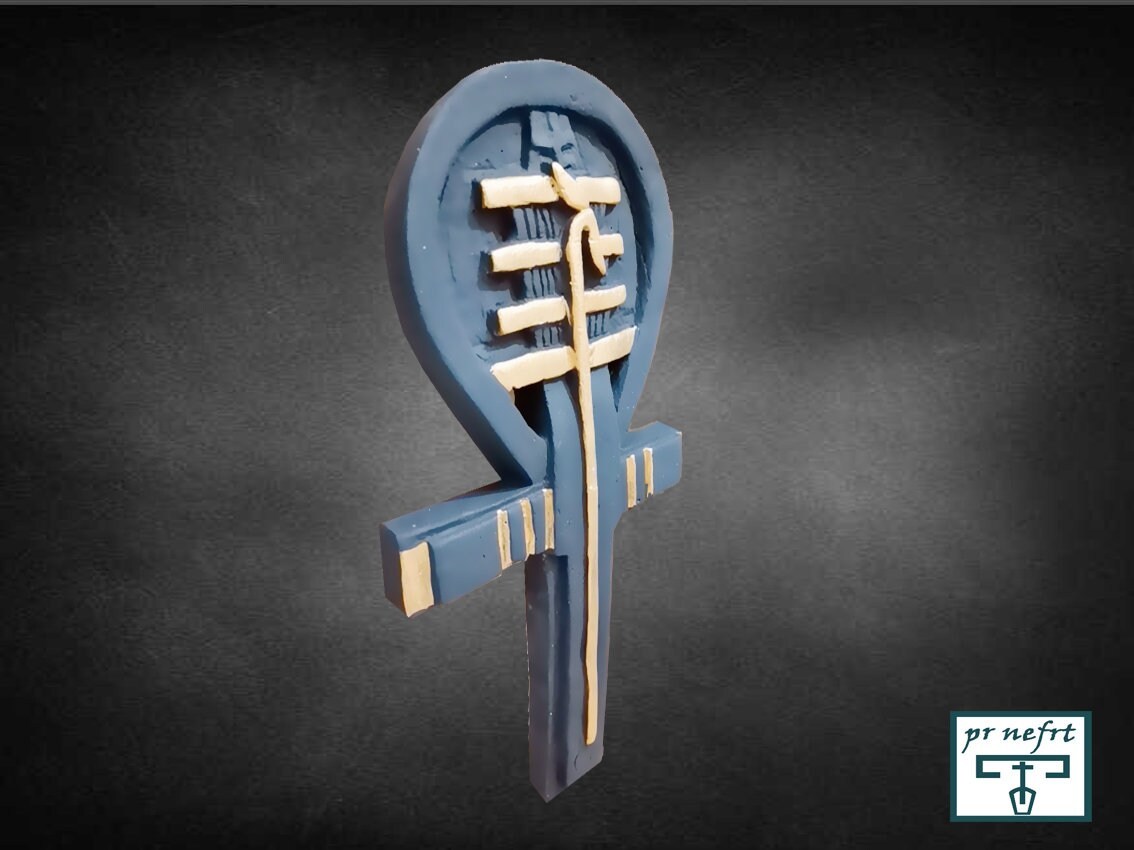Rendered at 20:42:18 04/30/25
Replica of Egyptian Composite Ankh, Djed and Was amulet, Nubia,Ankh cross
$72.00
Ships from
Egypt

Shipping options
$25.00 to United States
Ships from
Egypt

Return policy
Refunds available: See booth/item description for details
Details
Purchase protection
Payment options
PayPal accepted
PayPal Credit accepted
Venmo accepted
PayPal, MasterCard, Visa, Discover, and American Express accepted
Maestro accepted
Amazon Pay accepted
Nuvei accepted
Shipping options
$25.00 to United States
Ships from
Egypt

Return policy
Refunds available: See booth/item description for details
Details
Purchase protection
Payment options
PayPal accepted
PayPal Credit accepted
Venmo accepted
PayPal, MasterCard, Visa, Discover, and American Express accepted
Maestro accepted
Amazon Pay accepted
Nuvei accepted
Item traits
| Category: | |
|---|---|
| Quantity Available: |
11 in stock |
| Condition: |
Unspecified by seller, may be new. |
Listing details
| Seller policies: | |
|---|---|
| Shipping discount: |
Free shipping on orders over $300.00 |
| Price discount: |
10% off w/ $100.00 spent |
| Posted for sale: |
More than a week ago |
| Item number: |
1642728787 |
Item description
brand ,Pr Nefrt Egypt
Made In Egypt
Replica of Egyptian Composite Ankh, Djed and Was amulet, Nubia (700-300 B.C.) The amulet is a combination of the Ankh cross with open eye symbolizing eternal life. The square medallion in the opening depicts the god Heh. The Djed column with four horizontal bars often associated with Osiris, the king of eternity and also seen as a symbol of stability.
The holy Was scepter, depicted in relief on the column, with the head of the Seth animal. The scepter is the symbol of the god Seth's power over the chaos he can create as the god of thunder and storms. The amulet was found near the holy table mountain Djebel Barkal in Nubia (northern Sudan). The area was added to the Egyptian empire around 14500 B.C by Thutmosis III.
Atenea Valencia The ankh is an ancient Egyptian hieroglyphic symbol that was most commonly used in writing and in Egyptian art to represent the word for "life" and, by extension, as a symbol of life itself.
The ankh has a cross shape but with an oval loop in place of an upper bar. The origins of the symbol are not known, although many hypotheses have been proposed. It was used in writing as a triliteral sign, representing a sequence of three consonants, ?-n-?. This sequence was found in several Egyptian words, including the words meaning "mirror", "floral bouquet", and "life". In art the symbol often appeared as a physical object representing either life or substances such as air or water that are related to it. It was especially commonly held in the hands of ancient Egyptian deities, or being given by them to the pharaoh, to represent their power to sustain life and to revive human souls in the afterlife.
The ankh was one of the most common decorative motifs in ancient Egypt and was also used decoratively by neighbouring cultures. Coptic Christians adapted it into the crux ansata, a shape with a circular rather than oval loop, and used it as a variant of the Christian cross. Since the late 20th century, in the Western world, the ankh has again come to be used decoratively, as a symbol of African cultural identity, Neopagan belief systems, and the goth subculture.
Added to your wish list!

- Replica of Egyptian Composite Ankh, Djed and Was amulet, Nubia,Ankh cross
- 11 in stock
- Returns/refunds accepted
Get an item reminder
We'll email you a link to your item now and follow up with a single reminder (if you'd like one). That's it! No spam, no hassle.
Already have an account?
Log in and add this item to your wish list.






